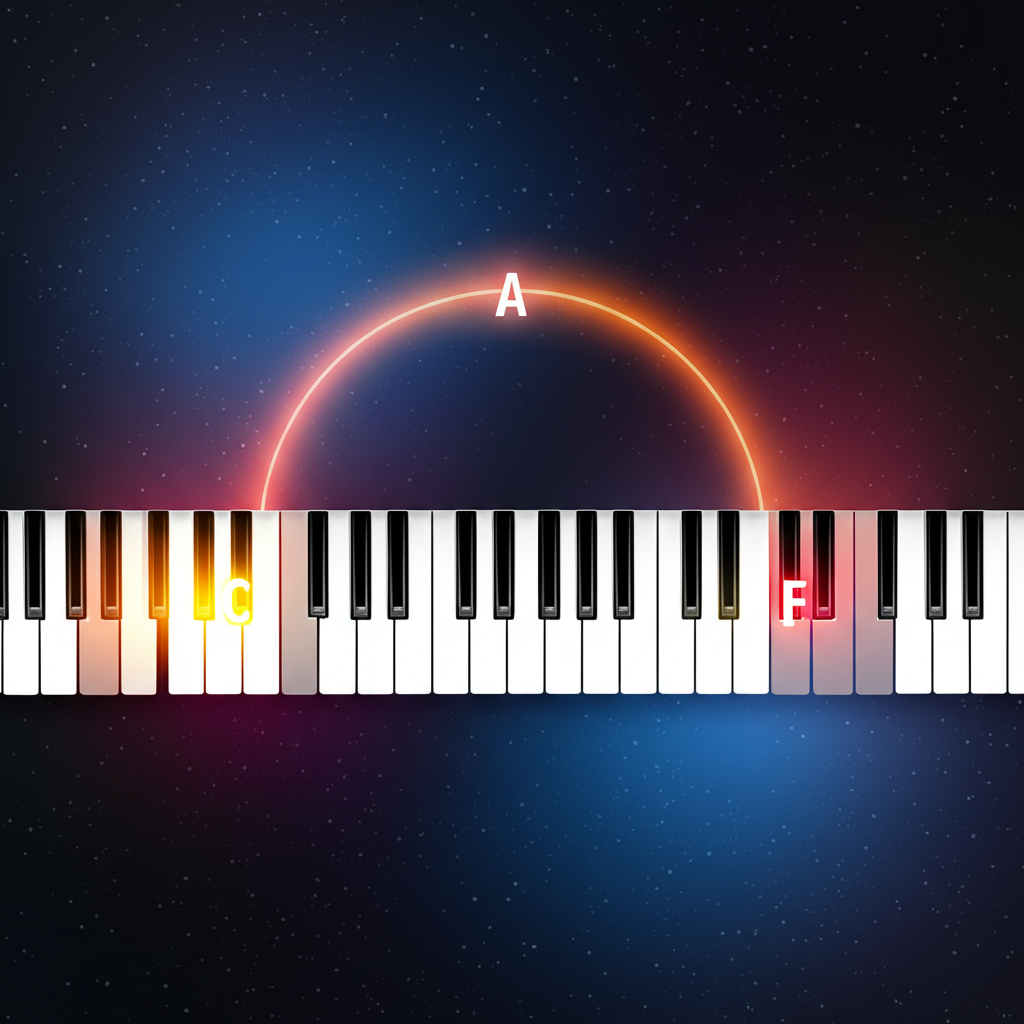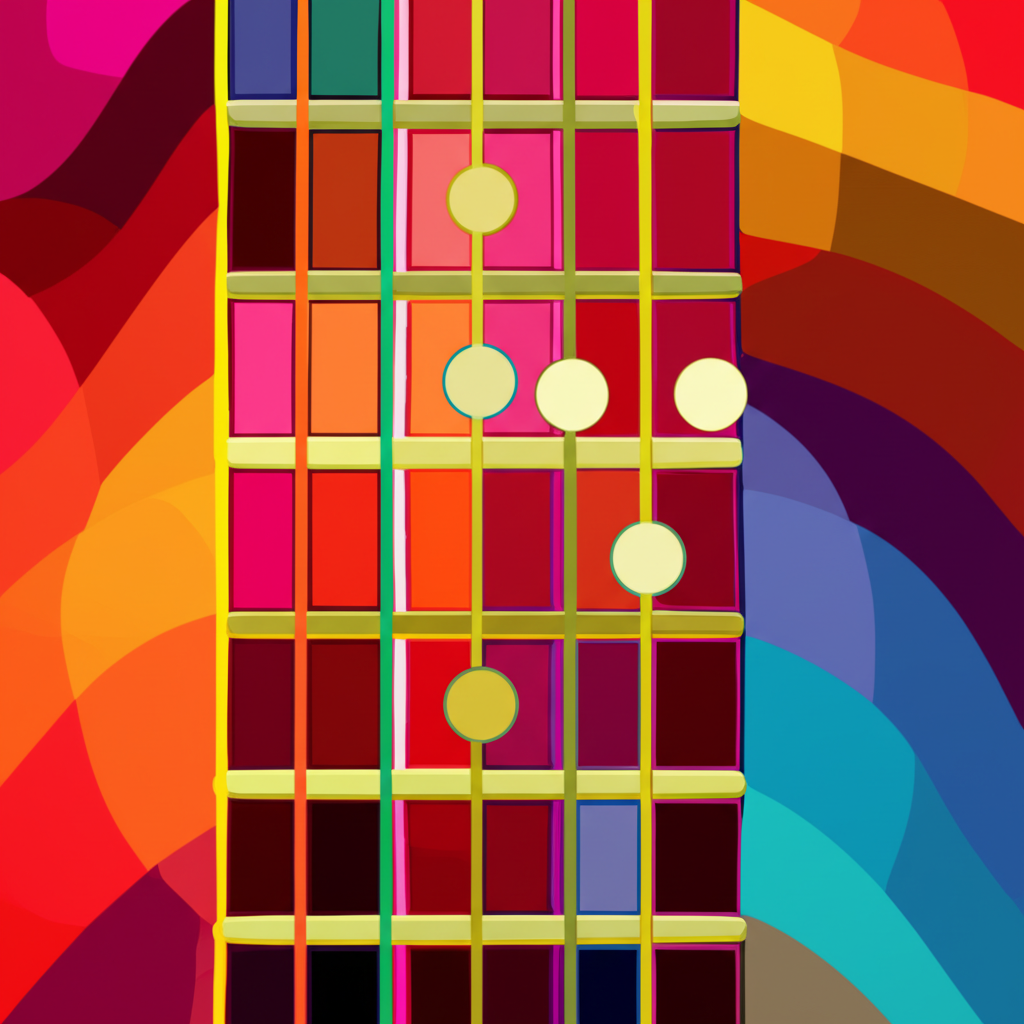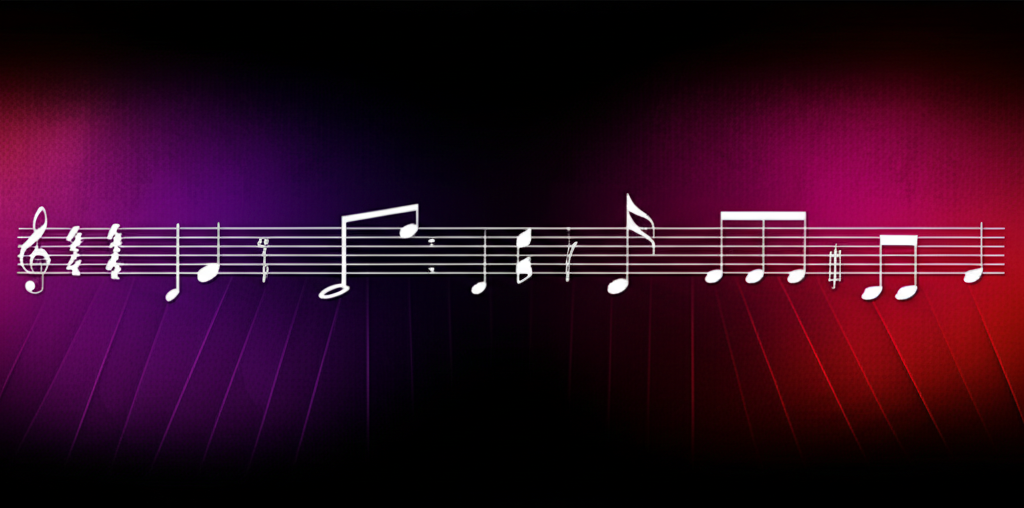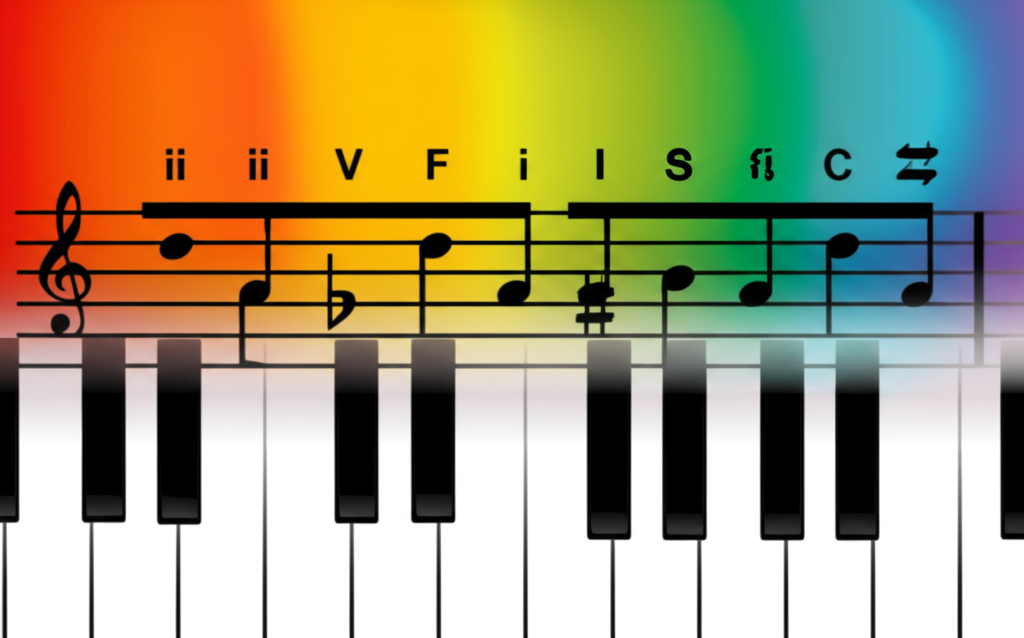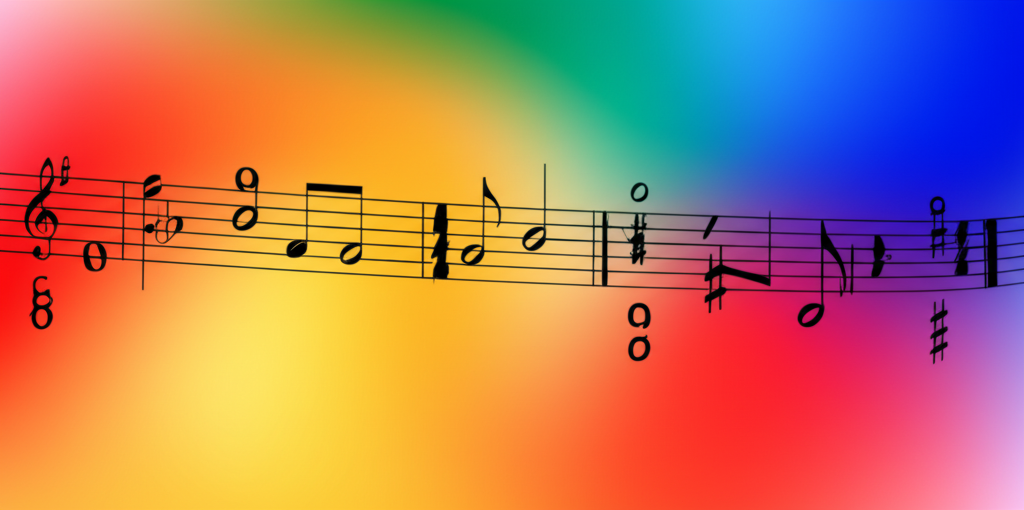
Minor Seventh Chord

b4n1
May 25, 2025, 2:23 a.m.
Minor Seventh Chord
Summary:
The minor seventh chord is a versatile four-note harmony consisting of a minor triad with an added minor seventh interval. It creates a smooth, contemplative sound that's less resolved than a major chord but more stable than a dominant seventh, making it fundamental in jazz, R&B, and modern popular music.
Keywords:
minor seventh chord, m7, jazz harmony, modal harmony, smooth jazz, contemporary harmony
Introduction:
The minor seventh chord occupies a unique harmonic space between the melancholy of minor triads and the sophistication of extended harmony. Its balanced blend of darkness and smoothness has made it indispensable for creating mood and atmosphere in countless musical contexts.
Definition and Classification:
A minor seventh chord consists of a minor triad (root, minor third, perfect fifth) plus a minor seventh above the root. In C minor, this creates Cm7 (C-E♭-G-B♭). The minor seventh interval (10 semitones) provides gentle dissonance that enhances the chord's color without creating strong tension requiring resolution.
Examples:
Minor Seventh Chords:
Examples of minor seventh chords in different keys:
Minor Seventh Chord Progression:
A contemplative progression featuring minor seventh chords:
Practical Applications:
Minor seventh chords are essential in jazz ii-V-I progressions, often serving as the ii chord (Dm7 in C major). They appear frequently in smooth jazz, creating relaxed, sophisticated textures. R&B and neo-soul use minor sevenths extensively for their warm, embracing quality. Modal jazz compositions often center entire pieces around minor seventh chords and their related scales.
Historical Figures:
Miles Davis extensively used minor seventh chords in modal compositions like "So What," demonstrating their potential as stable harmonic centers rather than just passing chords. Herbie Hancock incorporated minor sevenths into funk and fusion, showing their versatility across genres. D'Angelo and other neo-soul artists revitalized minor seventh chords in the 1990s, bringing them back into popular consciousness.
Fun Facts:
The opening chord of "So What" by Miles Davis is a Dm7, one of the most famous minor seventh chords in jazz history. Minor seventh chords appear in the frequency ratio patterns that create naturally pleasing harmonics. The chord is sometimes called the "modal chord" because it works well as a tonic in Dorian mode, avoiding the leading tone that would pull toward major resolution.
Conclusions:
The minor seventh chord demonstrates how adding a single note can transform a basic harmony into something rich and evocative. Its ability to provide stability while maintaining harmonic interest makes it invaluable for composers seeking to create sophisticated yet accessible music. How might the minor seventh chord continue to evolve in future musical styles while maintaining its essential character?
References:
Russell, G. (2001). Lydian Chromatic Concept of Tonal Organization. Concept Publishing.
Dobbins, B. (1994). Jazz Arranging and Composing: A Linear Approach. Advance Music.
Kernfeld, B. (2006). The Story of Fake Books: Bootlegging Songs to Musicians. Scarecrow Press.


